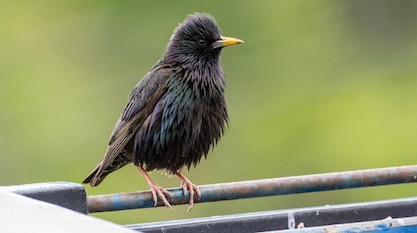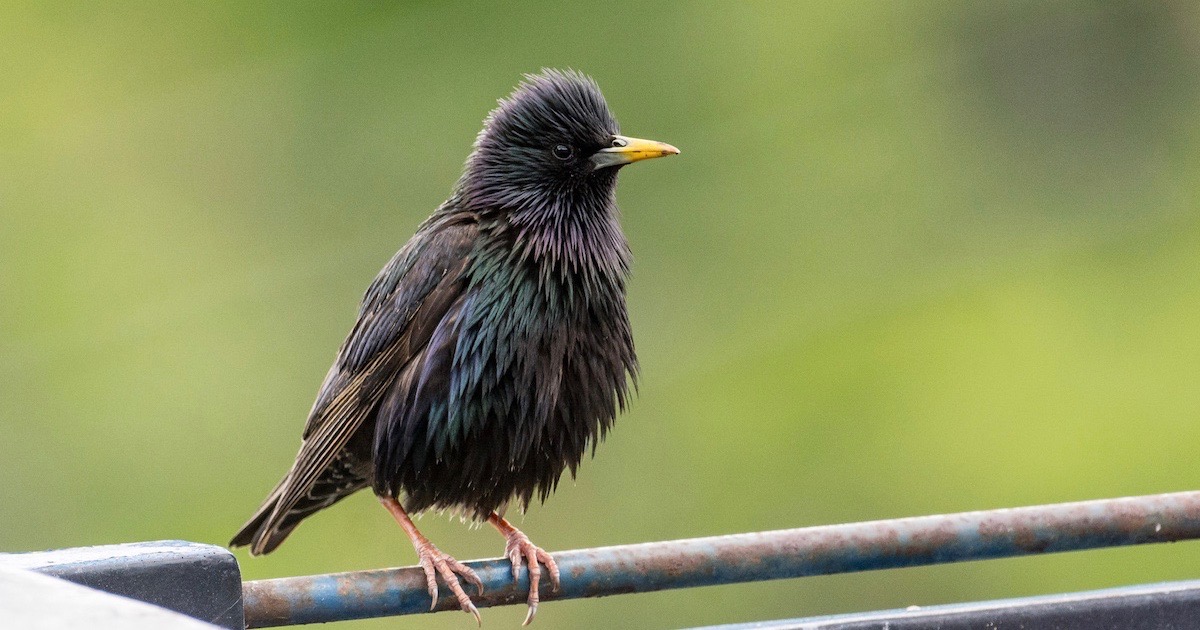 Life Sciences
Life Sciences
Rigorous Inquiry and Ruffled Feathers


The National Center for Science Education is troubled by a proposed EPA rule. Ann Reid, executive director of the NCSE, fears that it would “risk undercutting the hard work that science teachers do to give the next generation a clear understanding of how scientific evidence is properly used to guide sound public health and environmental quality decisions.” What kind of policy would ruffle their feathers this way?
Here is the proposal.
Strengthening Transparency in Regulatory Science
Summary:
This action provides that EPA will ensure that the regulatory science underlying its actions is publicly available in a manner sufficient for independent validation. Where available and appropriate, EPA will use peer-reviewed information, standardized test methods, consistent data evaluation procedures, and good laboratory practices to ensure transparent, understandable, and reproducible scientific assessments. This action is consistent with the principles underlying the Administrative Procedure Act and programmatic statutes that EPA administers to disclose to the public the bases for agency rules and to rationally execute and adequately explain agency actions. This action is also consistent with Executive Orders 13777 and 13783, and the focus on transparency in OMB’s Guidelines for Ensuring and Maximizing the Quality, Objectivity, Utility and Integrity of Information Disseminated by Federal Agencies (the Guidelines) and OMB Memorandum 13-13: Open Data Policy Managing Information as an Asset. It builds upon prior EPA actions in response to government-wide data access and sharing policies, as well as the experience of other federal agencies in this space.
Solid Science
From what I’ve read of the policy, it seems pretty reasonable! “…EPA will use peer-reviewed information, standardized test methods, consistent data evaluation procedures, and good laboratory practices to ensure transparent, understandable, and reproducible scientific assessments.”
In fact, that just sounds like solid science. I’m all for critical analysis of data, evaluating conclusions, and rigorous scientific inquiry.
CNN reported last week, “Supporters say the Strengthening Transparency in Regulatory Science proposal would live up to its name, but critics warn that it would limit access to health studies, important when regulating air and water issues.” Back in May, Nature ran a piece by Naomi Oreskes, a science historian who’s on the NCSE board of directors. She warns, “Beware: transparency rule is a Trojan Horse.” Oreskes thinks the rule would be used to exclude studies showing air pollution that have helped with enacting stricter regulation. Maybe, maybe not. She tries to link this policy to tactics of big tobacco, but I don’t think the evidence is so one-sided.
Here is her main point, and probably why the NCSE is upset:
A previous attempt to restrict the use of vetted science was the 2001 Data Quality Act, which resulted in guidelines for how information could be used and disseminated. The Competitive Enterprise Institute, a think tank in Washington DC dedicated to limited government, was quick to invoke it to try to prevent the distribution of a major EPA report on climate change.
Scrutinizing Data Is a Problem?
So, climate change research data could potentially be impacted. But all of this protest about greater data scrutiny is a little weird. I’m undecided on the climate change question — and that’s not our issue at the CSC. But it does seem that if climate change scientists really wanted others to see and act on their data, they would be willing to submit it to a little more scrutiny, despite the hassle. As Wesley Smith points out, they would also be willing to debate skeptics. That way, more Americans might take their position to heart.
This kind of uproar over evaluating data reminds me of the evolution “debate,” where debating is an activity that too many evolution proponents strenuously avoid. The result is a smokescreen, allowing only one viewpoint to have any airtime. That’s poor science and a poor service to the public.
Photo credit: Don DeBold, via Flickr (cropped).
